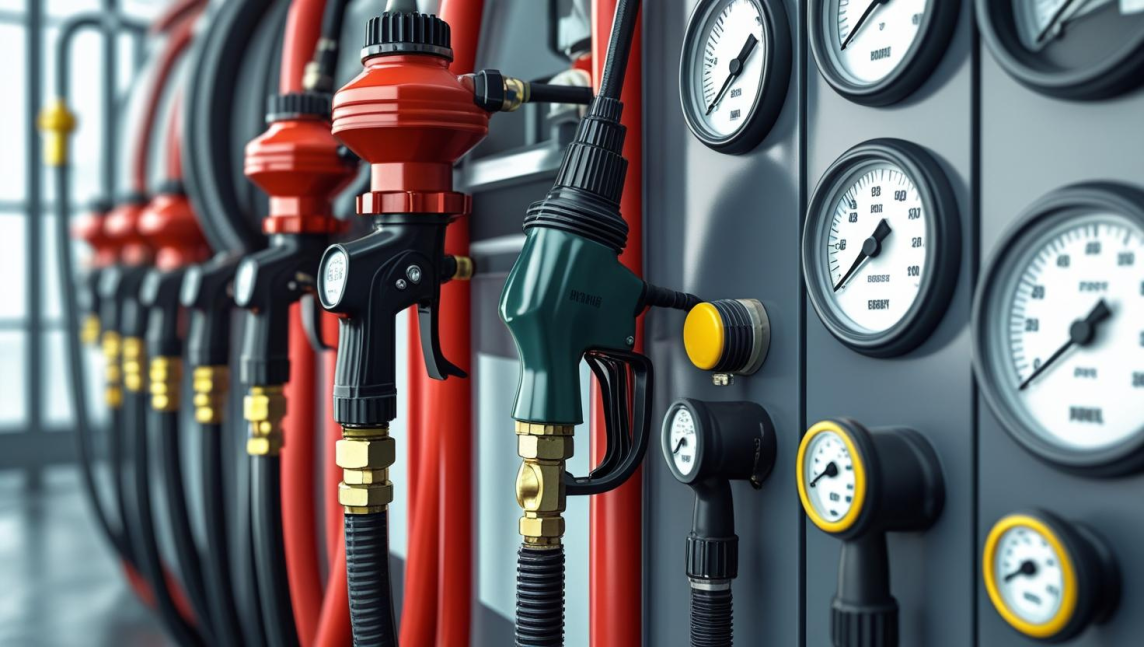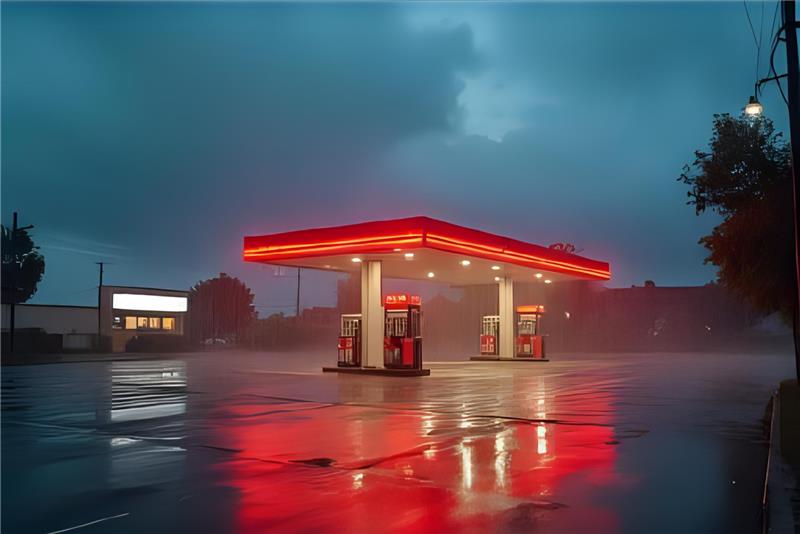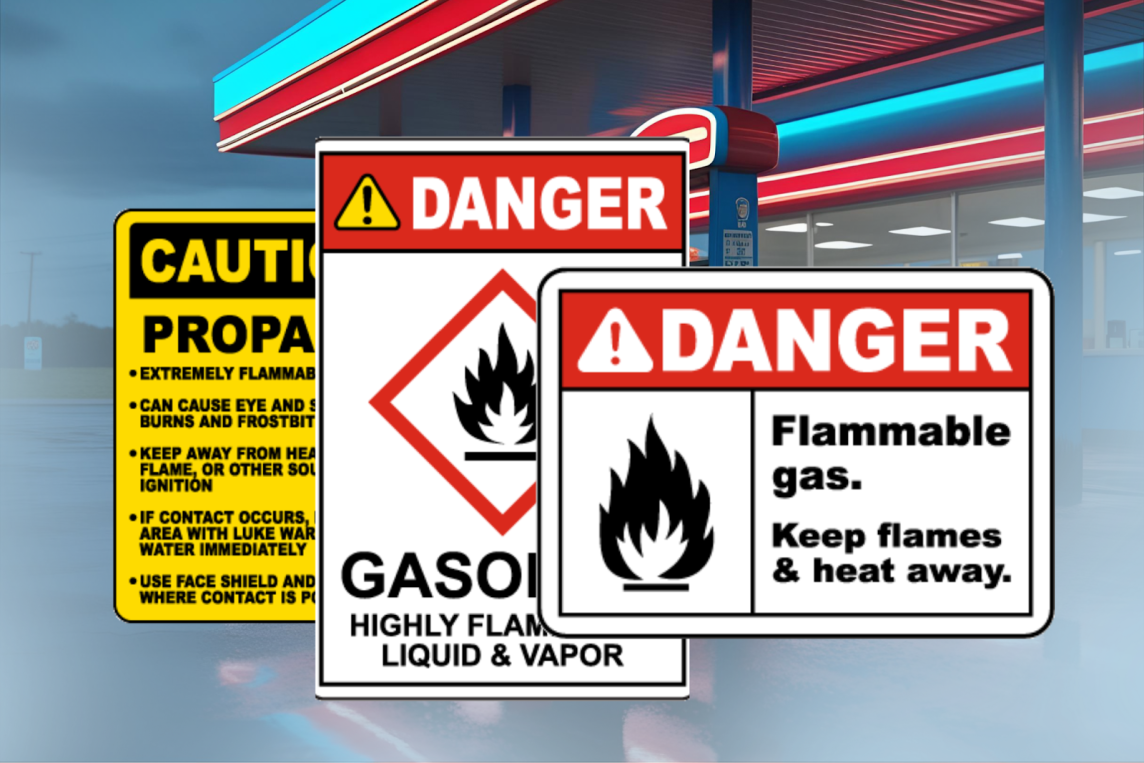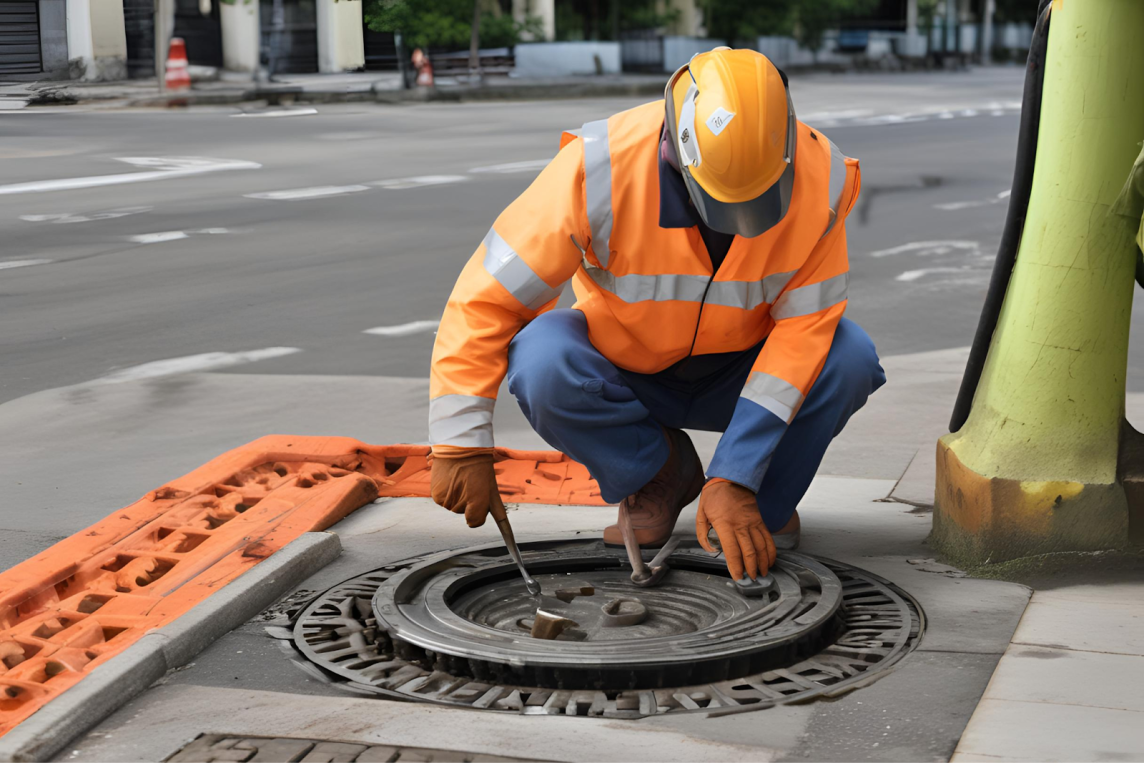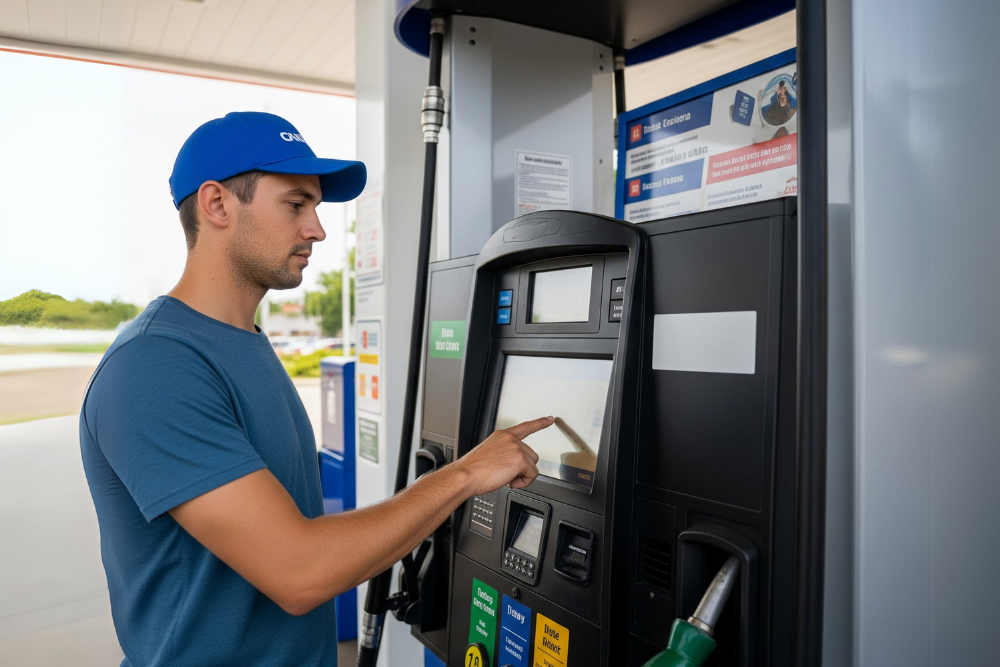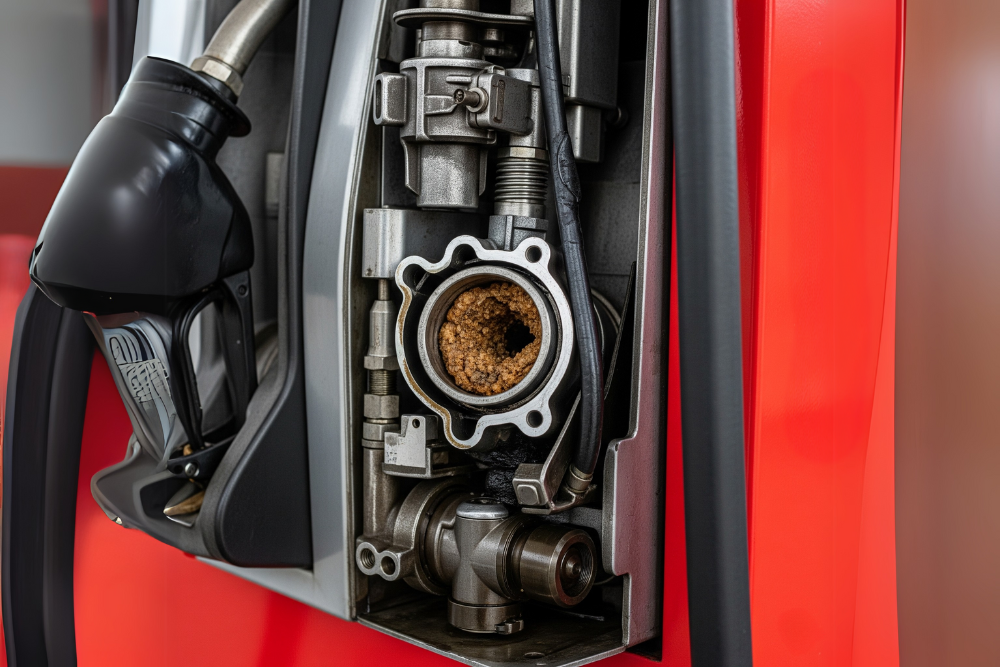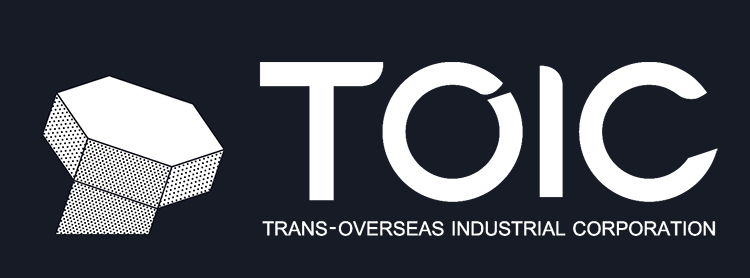Fuel remains one of the largest ongoing expenses for fleet-driven businesses, yet it’s frequently overlooked. Inadequate monitoring and outdated fueling infrastructure can result in excess costs, operational delays, and even mismanagement. If your fleet feels like it’s burning more fuel than it should, it might be time to re-evaluate your processes.
In this blog, we’ll explore a few smart changes you can implement to significantly boost your fleet’s performance and reduce fuel-related costs.
1. Use Accurate Wetstock Monitoring
Investing in proper wetstock management gives you real-time visibility into your fuel levels and movement. This allows you to detect leaks, theft, or system errors early before they become costly problems. Reliable monitoring also helps you spot trends and inefficiencies across your operations.
2. Upgrade to Quality Fuel Dispensers
Outdated or poorly maintained dispensers can result in inaccurate fills and increased fuel wastage. High-quality fuel dispensers in the Philippines offer precise measurements and are built to withstand heavy usage. They also ensure consistency, protecting your vehicles from damage caused by erratic fuel output.
3. Install Automatic Tank Gauging Systems
Automatic tank gauging (ATG) systems provide continuous and accurate data on fuel levels, temperature, and water presence. In the Philippines, where fuel businesses face compliance and inventory pressures, modern ATG systems help streamline operations and avoid shortages. A company like TOIC delivers advanced, locally tailored ATG systems designed to support the evolving needs of fuel stations and fleet operators.
4. Schedule Regular Tank Calibration
Over time, tanks can shift, settle, or corrode leading to problems. Regular tank calibration ensures measurement precision, improves inventory management, and helps you stay compliant with local regulations.
5. Conduct Routine Tank Testing
Tank integrity testing is essential for preventing leaks, contamination, and environmental hazards. In the Philippines, routine tank testing supports compliance and reassures both regulators and customers that your business is safe and responsible.
6. Switch to a Smart POS for Service Stations
Manual record-keeping increases the risk of errors and limits visibility. A smart POS system designed for fuel businesses can track sales, monitor inventory, detect anomalies, and simplify reporting. TOIC provides integrated POS solutions that fit seamlessly into your workflow, making operations easier and more efficient.
7. Train Drivers on Fuel Efficiency
Drivers play a big factor in managing fuel consumption. Training them on best practices like reducing idle time, maintaining steady speeds, and planning efficient routes can make a significant difference in fuel usage and cost.
8. Maintain Equipment and Vehicles Regularly
Clogged filters, leaky hoses, and engine problems often lead to excessive fuel consumption. Regular preventive maintenance of your vehicles and fuel station equipment extends asset life and improves efficiency.
9. Use High-Quality Fuel Pumps
Avoid short-term savings on cheap fuel pumps. Low-grade pumps often wear out quickly and provide inconsistent flow. TOIC supplies durable, precision-engineered pumps tailored to the unique demands of Philippine fleets and service stations.
10. Monitor Your Business Growth Holistically
Fuel management is just one part of the bigger picture. Monitor how all aspects of your operation, from inventory and equipment to customer satisfaction, impact your fuel usage. Identifying bottlenecks across departments gives you better insight into where improvements are needed.
Conclusion
Effective fuel management no longer needs to be a persistent challenge. With the integration of intelligent POS systems, precise calibration services, and robust, high-quality fuel dispensers, operators can streamline processes, minimize fuel losses, and enhance overall operational efficiency. Implementing the right solutions also ensures compliance, improves service delivery, and supports long-term business sustainability. For a comprehensive and reliable approach to fuel management, choose TOIC as your trusted partner.
Why Choose TOIC Solutions?
Trans-Overseas Industrial Corporation (TOIC) Solutions, established in 1976, has been the trusted partner for fuel dispensers, fuel pumps, service station equipment, and the gas station industry in the Philippines. As a leading distributor of advanced fueling technology, we provide reliable, efficient, and durable solutions that enhance the performance of your fueling operations.
With years of expertise and strong partnerships with multinational corporations, TOIC delivers top-quality products, including automatic tank gauging, tank calibration, wetstock management, POS service station systems, and tank testing. If you’re looking to upgrade your fueling system, reduce operational costs, and ensure precision in every transaction, TOIC Solutions is the name to trust. Talk to us!

